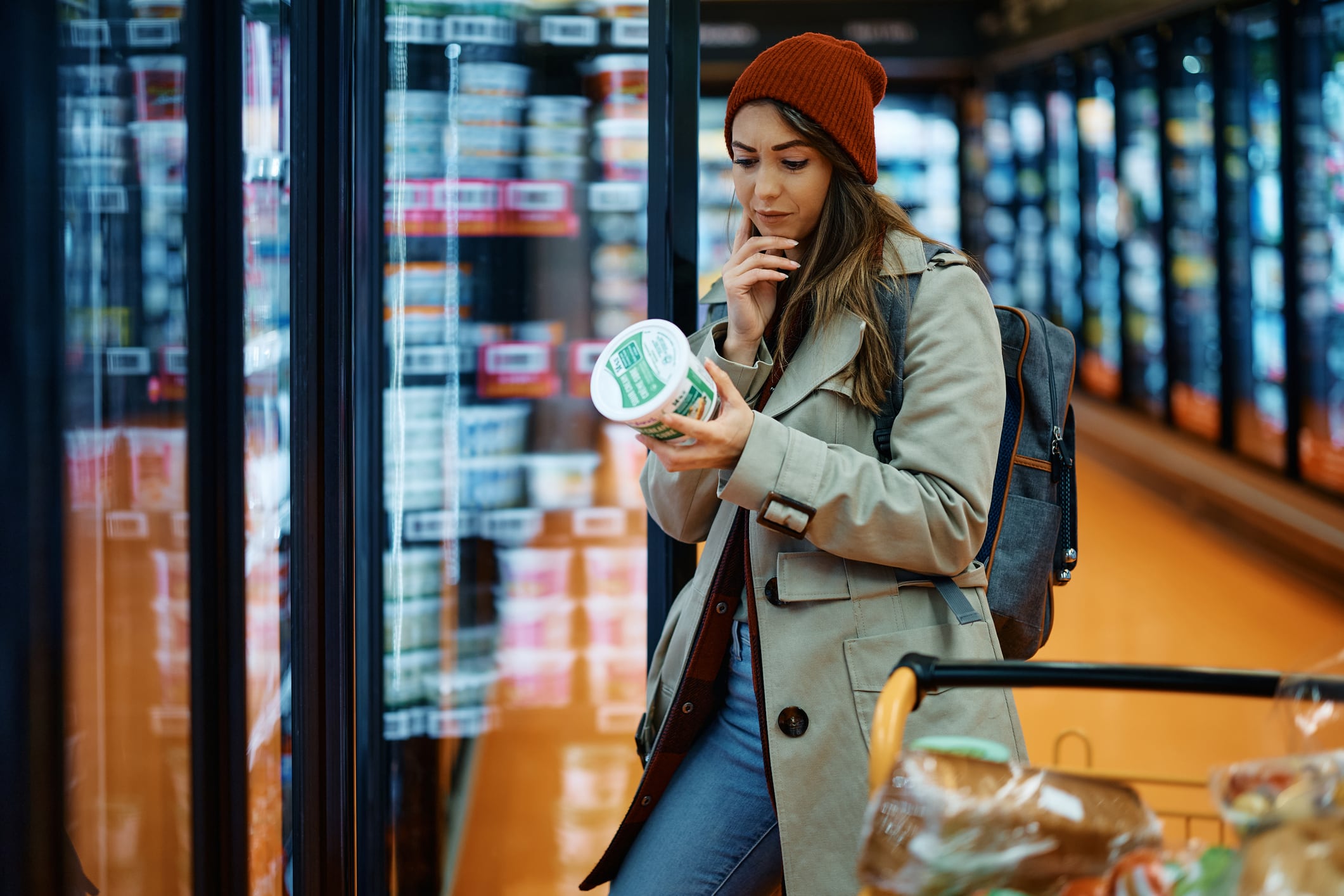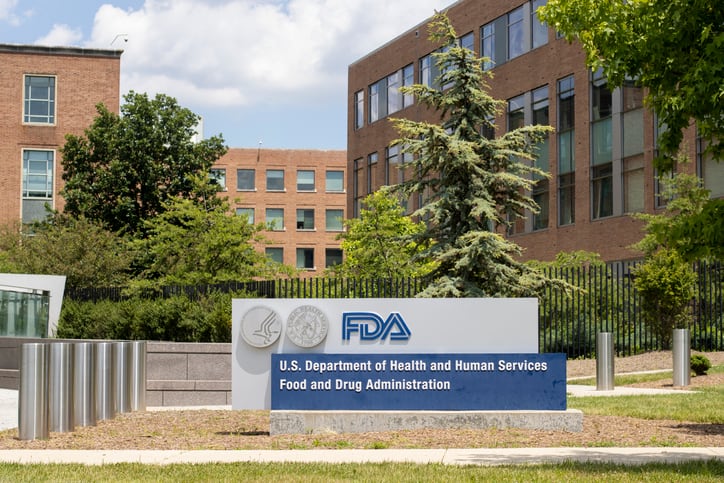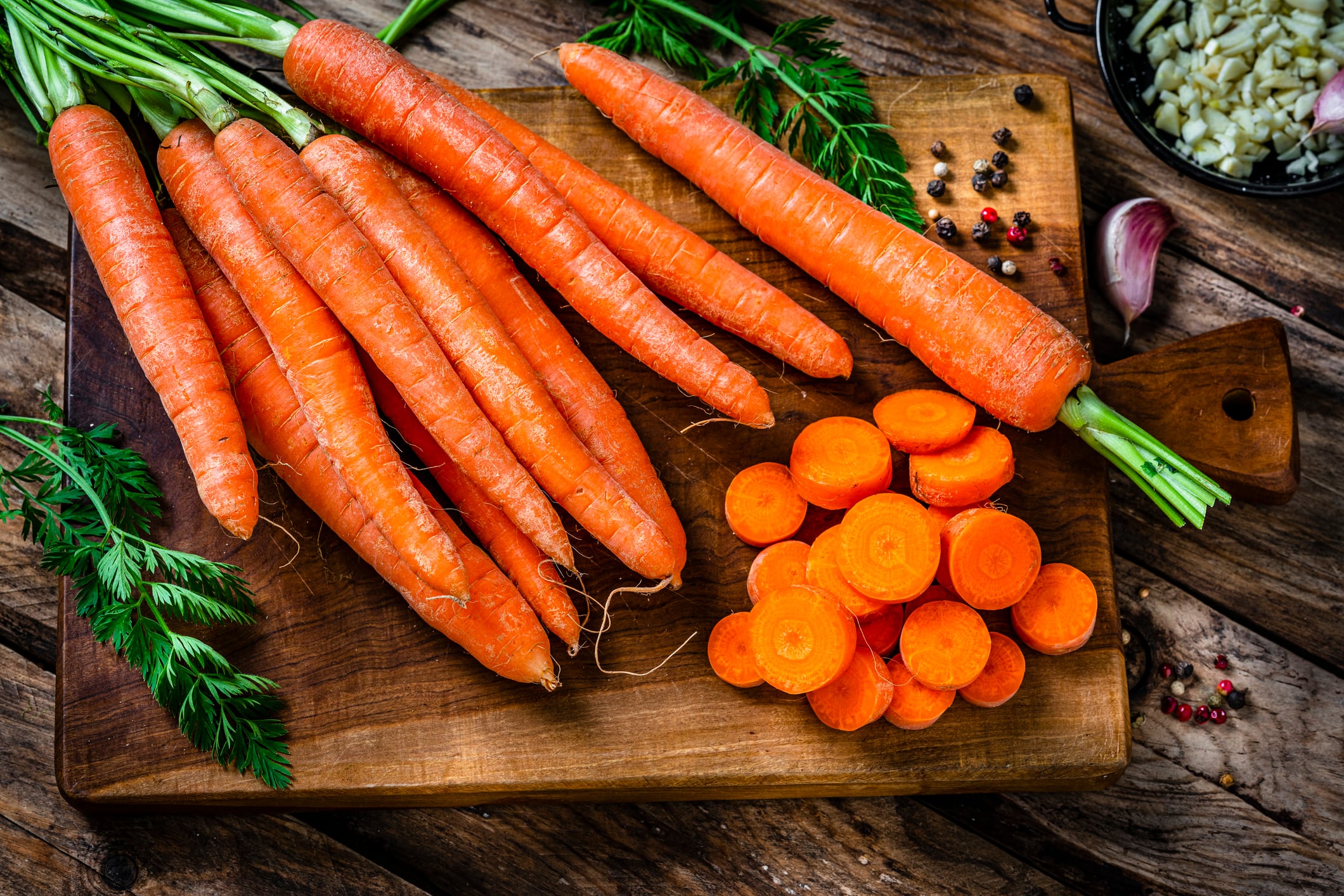Clean label’s meaning continues to evolve since its industry-facing inception in the mid-2000s when it focused on health and safety, to now include simple ingredients and processing methods and policies that can blur the line between innovation and safety, most notably California’s Food Safety Act.
Clean label is inherently subjective – and that is the challenge where “each organization or each customer or consumer has a different definition,” Josephine Nakhla, strategic marketing and business development director, Balchem Corporation, explained during IFT‘s Food Improved by Research Science and Technology (FIRST) annual conference earlier this month.
She continued, “Some customers don’t want to use titanium dioxide in their ingredients. So how do you whiten without titanium dioxide? Some don’t want to use fillers in their products. Some are okay with fillers but want natural flavors instead of artificial flavors and colors.”
For some companies, like Balchem, the key to clean label is rooted in what the customer or consumer wants, which is subjective.
“We try to be really as adaptable as we can to meet the customer and consumers’ needs,” explained Andrew Hart, strategic marketing and business development director, Balchem.
This adaptability includes processing aids, third-party verified ingredients and sustainably sourced raw materials, among others, he added.
But achieving clean label often comes with higher costs. One approach to balancing cost and clean label is developing concentrated ingredients that require a smaller dose, said Hart.
If ingredients are “a higher concentration form and still have the functionality associated with it, then that ultimately becomes a win,” explained Hart.
As clean label evolves, both Nakhla and Hart emphasized the importance of pragmatism.
“Every era has a particular thing that’s trending and that people are all of a sudden concerned about, and you just have to respond within reason,” Nakhla said.
“The hills are getting a little bit steeper,” as technology , Hart adds.
What is clean label? Just cleaner, for now
Within beverages, a minimal label plus reduced sugar are priorities, noted Mauro Trevisana, global director of Spanish ingredient company HTBA, during IFT First.
Yet creating a clean label beverage that tastes delicious often requires additional solutions – whether through ingredients or processing – which can be difficult to convey to the customer and consumer.
Customization plays a critical role in adapting formulations with difficult and strong off notes, like the notoriously bitter vitamin B12 for energy drinks, explained Trevisana.
Achieving sweetness in sugar-reduced products, for instance, requires eliminating metallic and astringent notes from sweeteners, using natural flavor modulators, he said.
HTBA’s Opti-Taste platform is an example of how companies look to customizable flavor modulation to achieve clean label and great taste, Trevisana noted.
‘It’s a gray area’
FDA’s official definition of natural remains unclear, which adds another layer of subjectivity to clean label, explained Jim Roza, chief scientific officer, Layn Natural Ingredients.
FDA considers natural to mean “that nothing artificial or synthetic (including all color additives regardless of source) has been included in, or has been added to, a food that would not normally be expected to be in that food.”
Clean label “is a very big gray area and people interpret it in different ways,” including flavors, colors, modulators and other additives, he said.
Layn’s core portfolio contains botanical extracts, which align with clean label, emphasized Elaine Yu, president, Layn Ingredients.
“It’s a leaf extract. It’s a fruit extract. It’s a natural product extracted from something already originating in nature,” she added.
The health halo that comes from natural often aligns with consumers’ health perception with extracts. However, “natural” can be a misnomer as not everything that is natural is better-for-you.
“They can easily go and research, ‘Oh, pomegranate has a functional benefit,’ right? Tea polyphenols, like natural caffeine coming from tea, is not from a synthetic source,” Yu added.
As Layn revs up its North American botanical extract production with its Indiana facility, the move is partly driven by its customers looking to shorten their ingredient lists and align with federal regulations.
“It is our job to educate our customers” by providing them with more options to speak to their consumer, Yu added.




